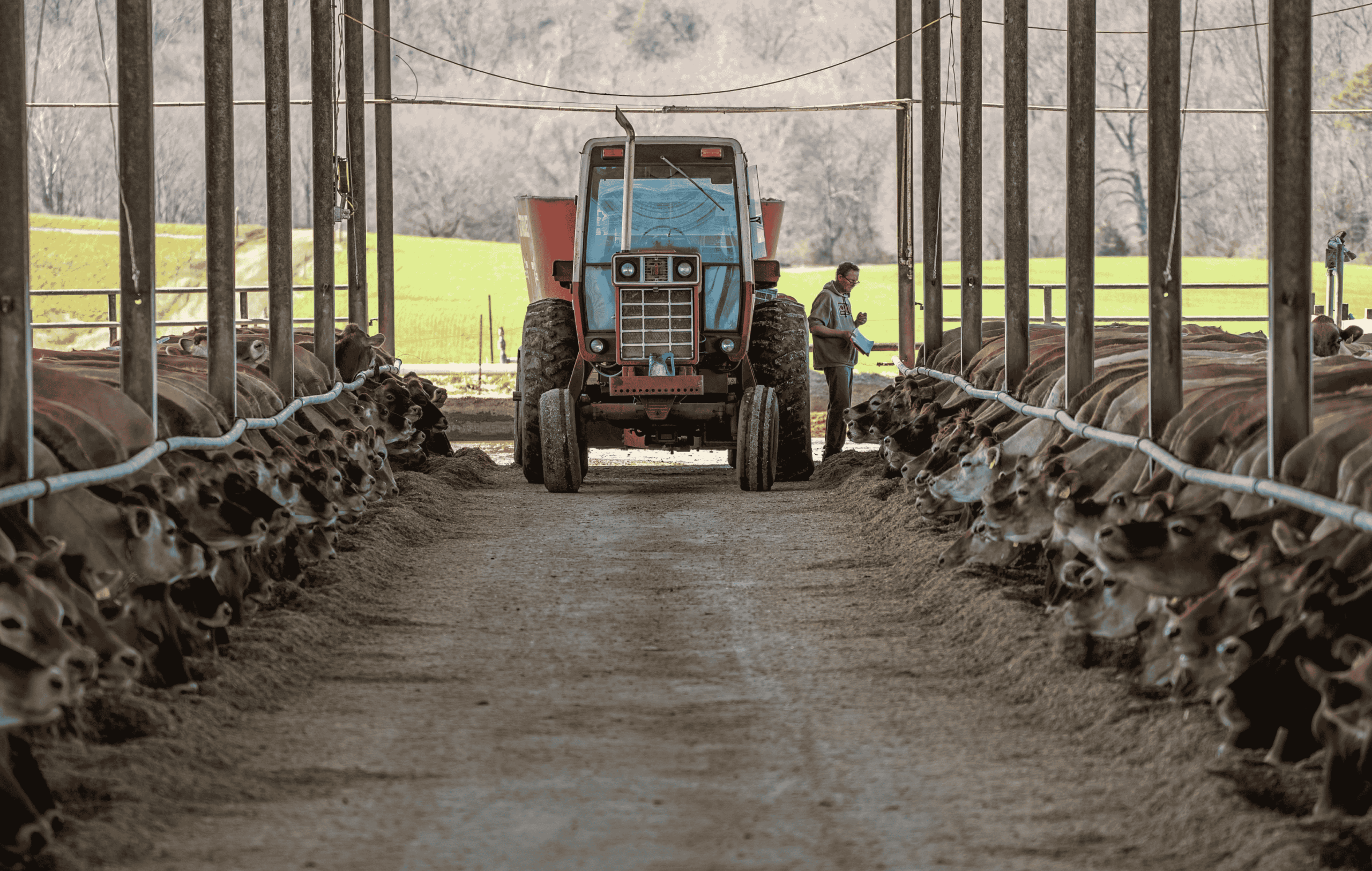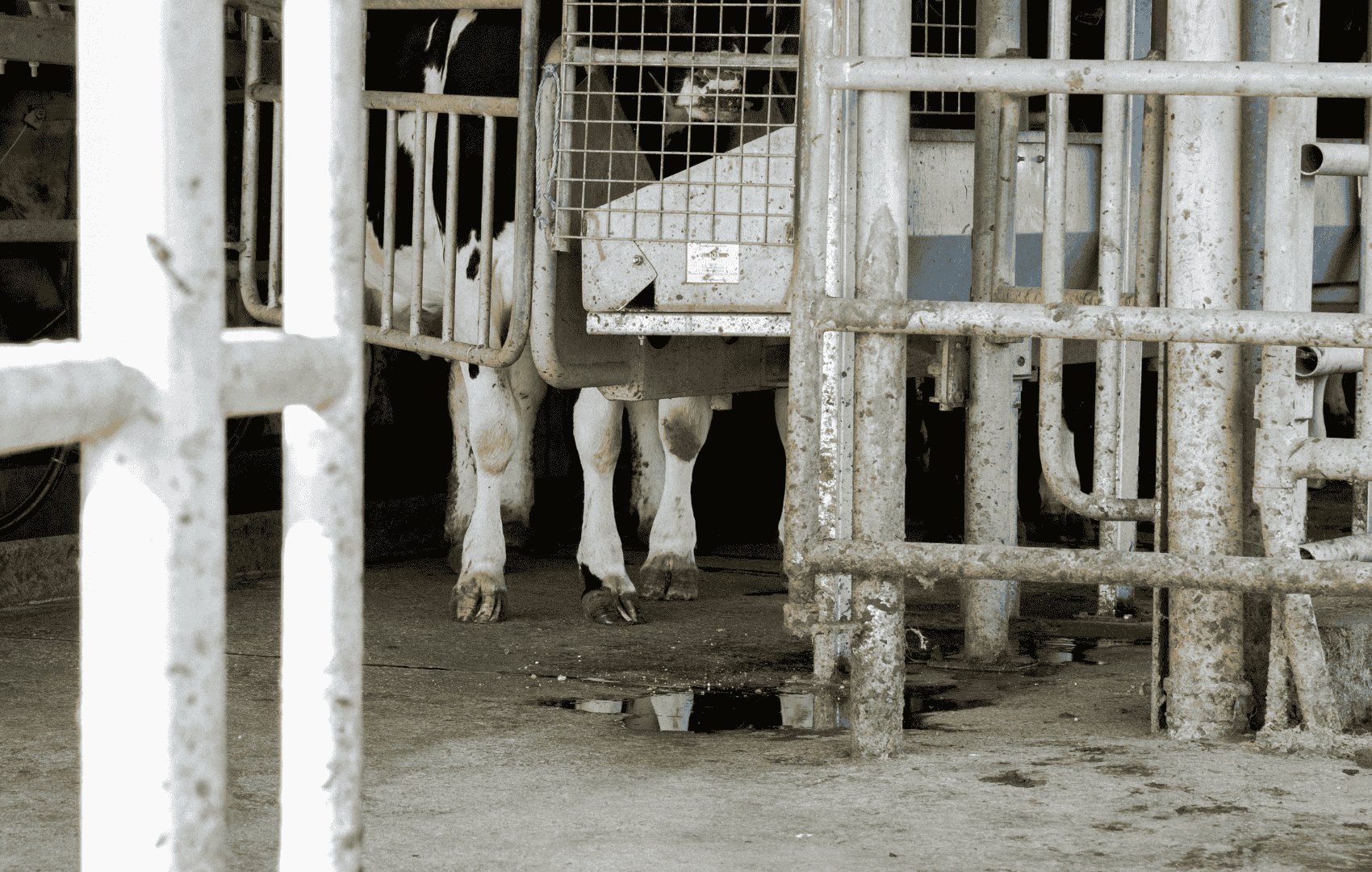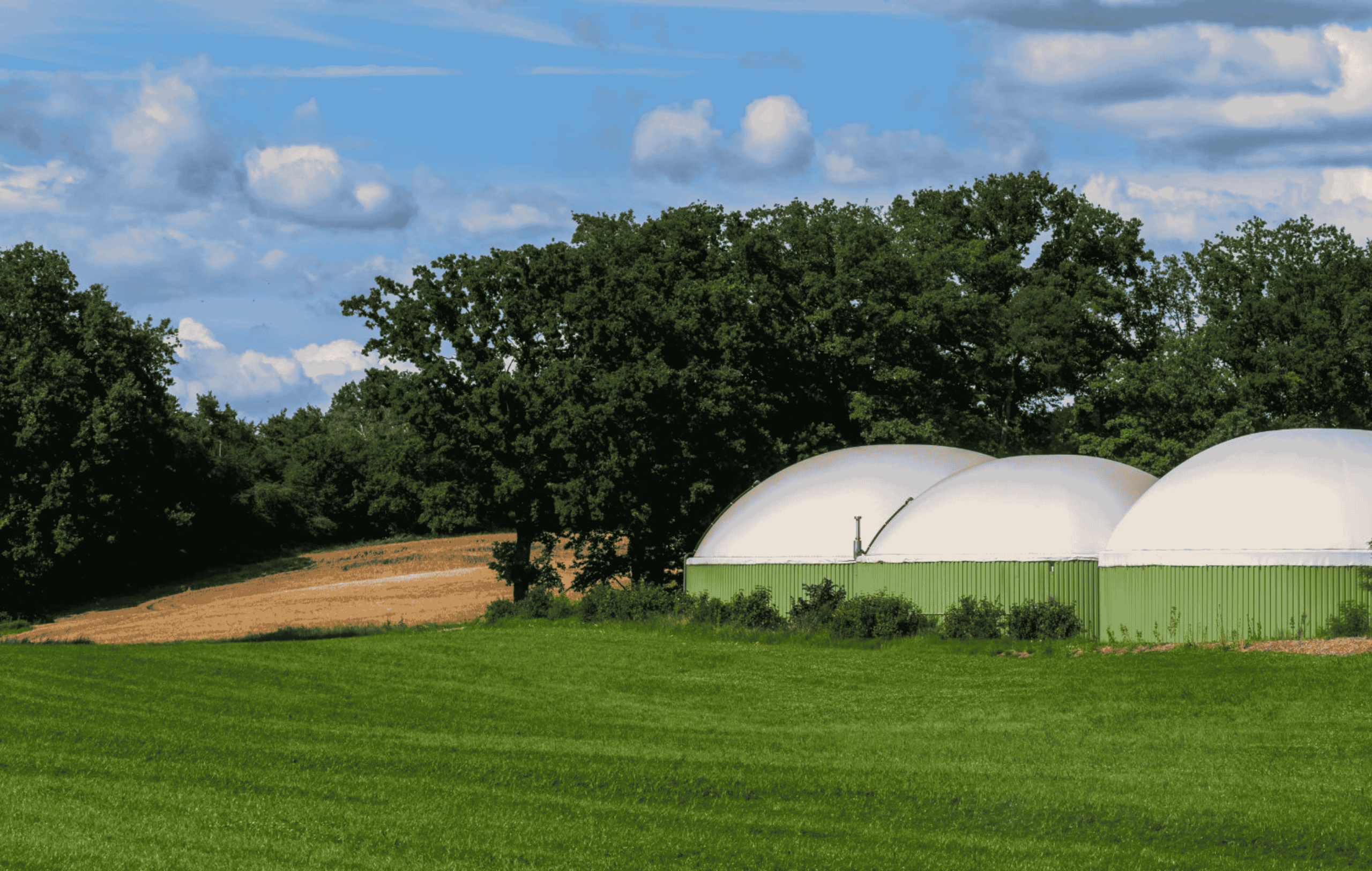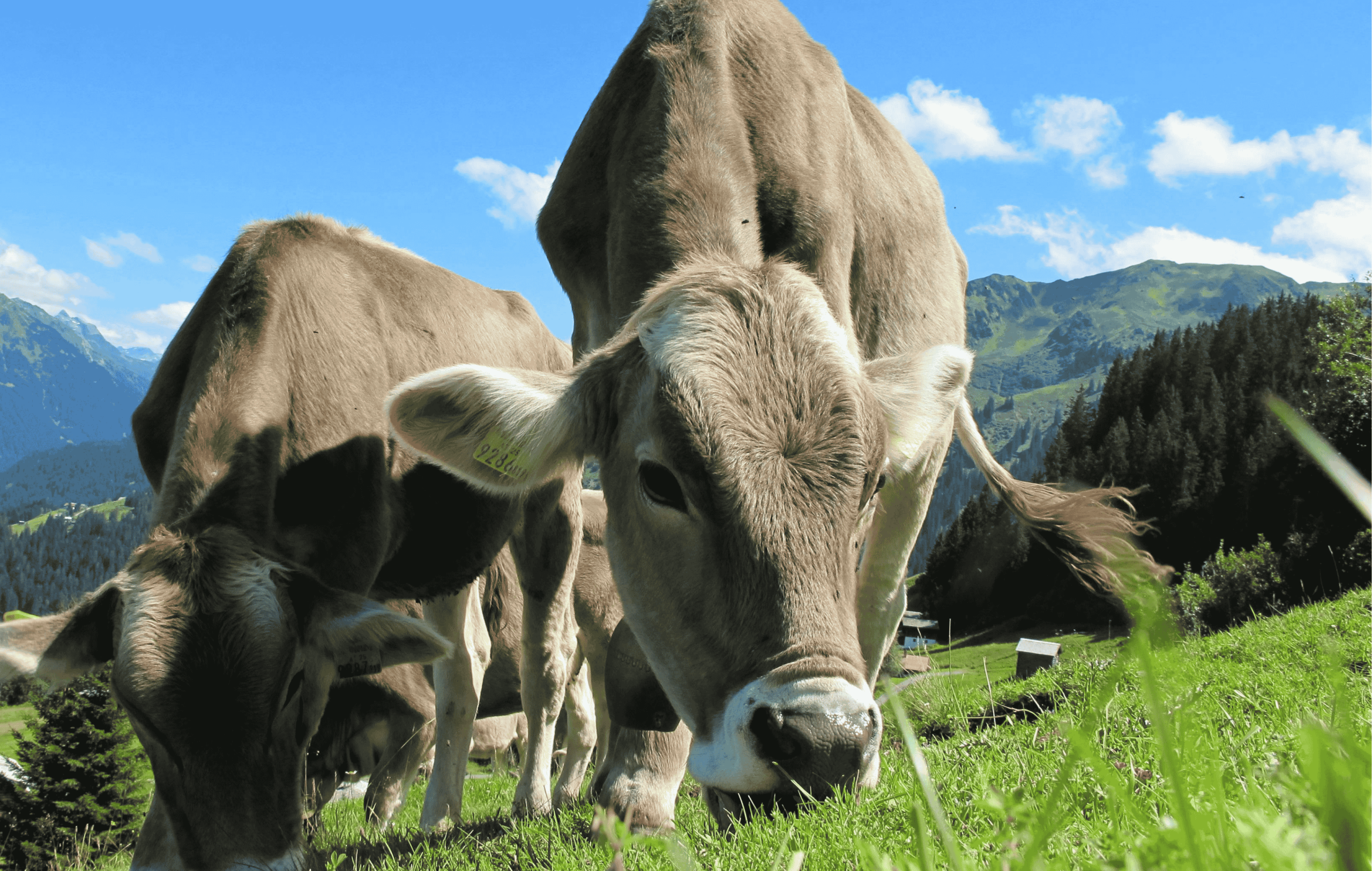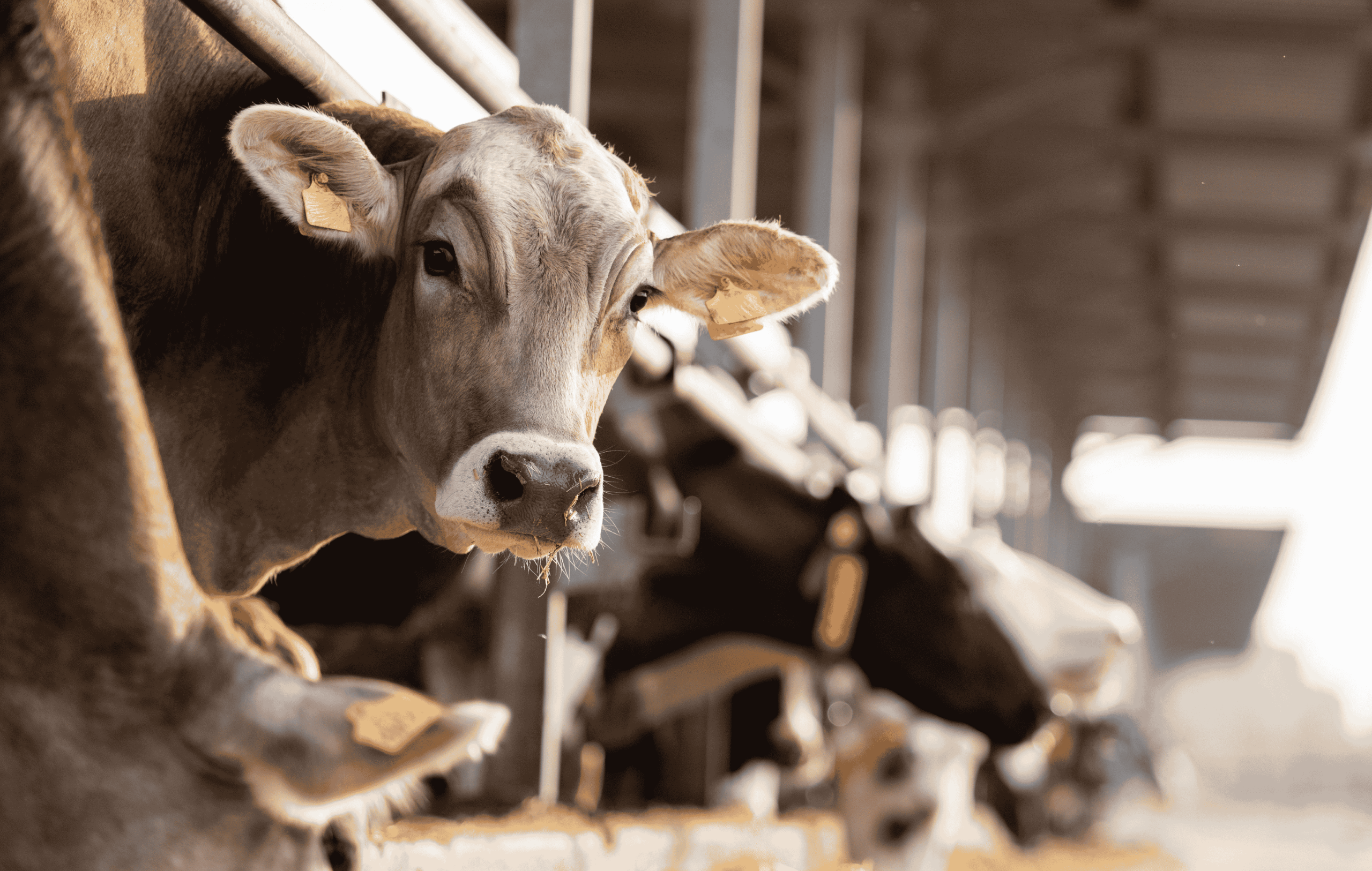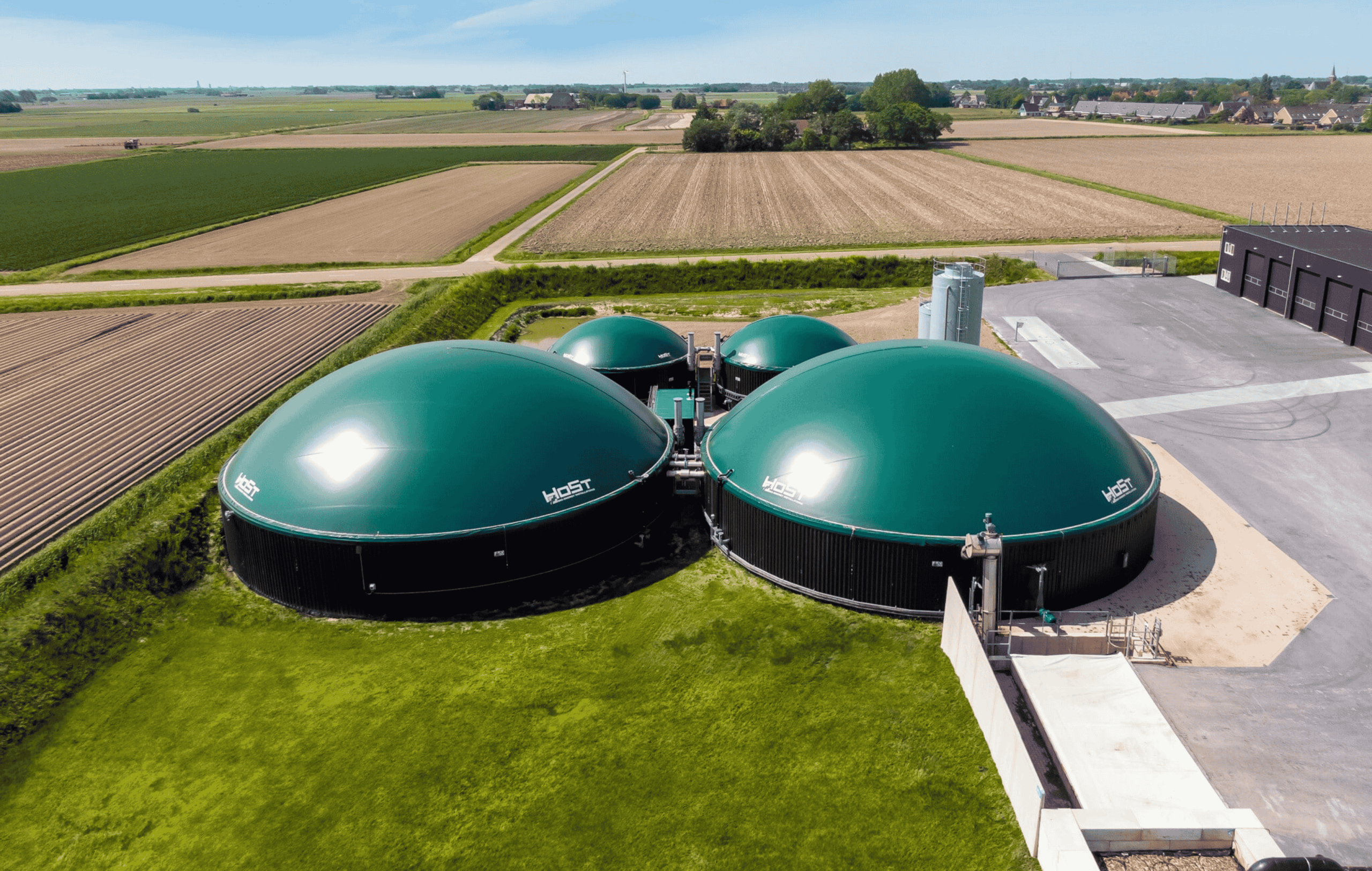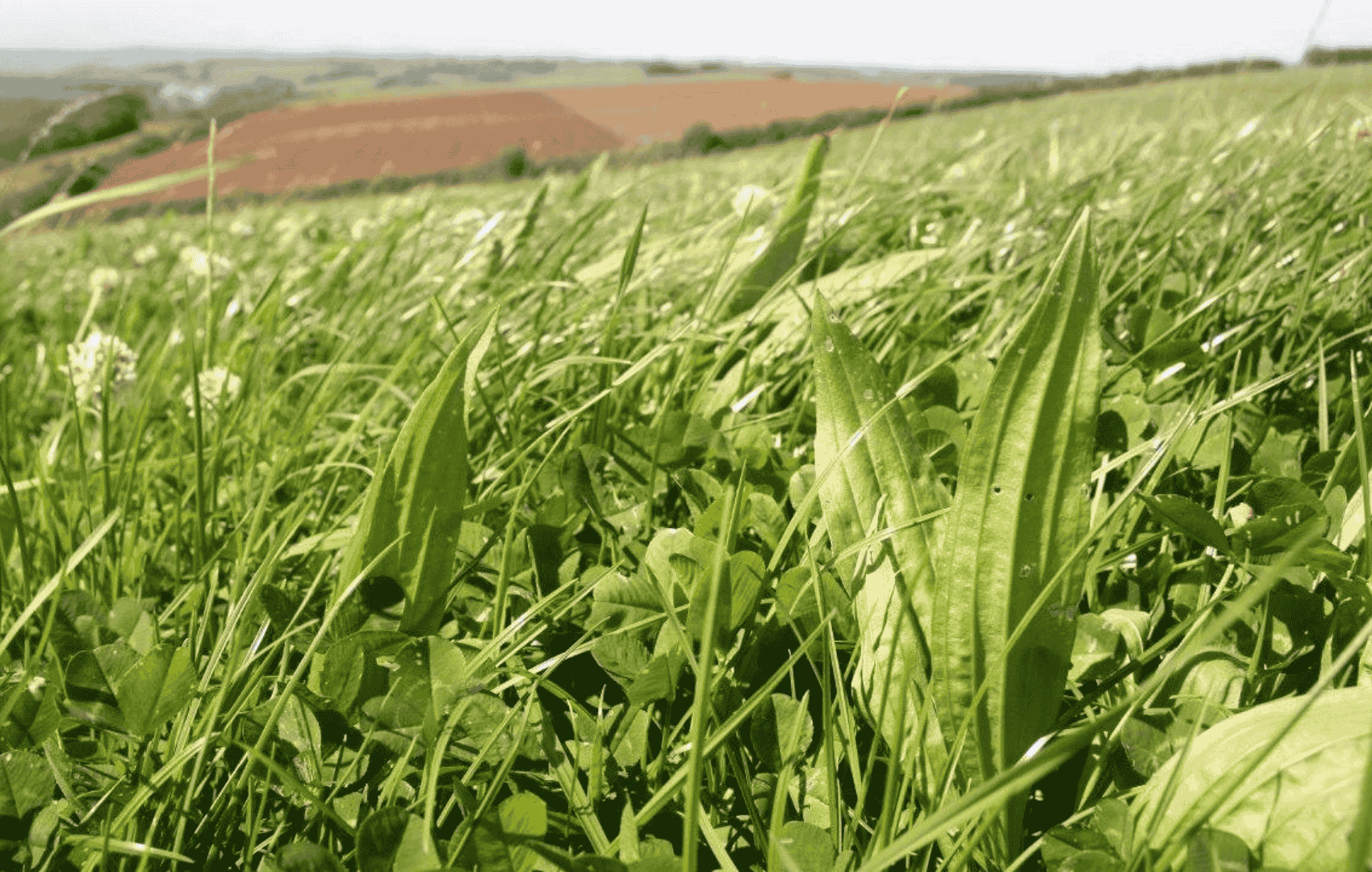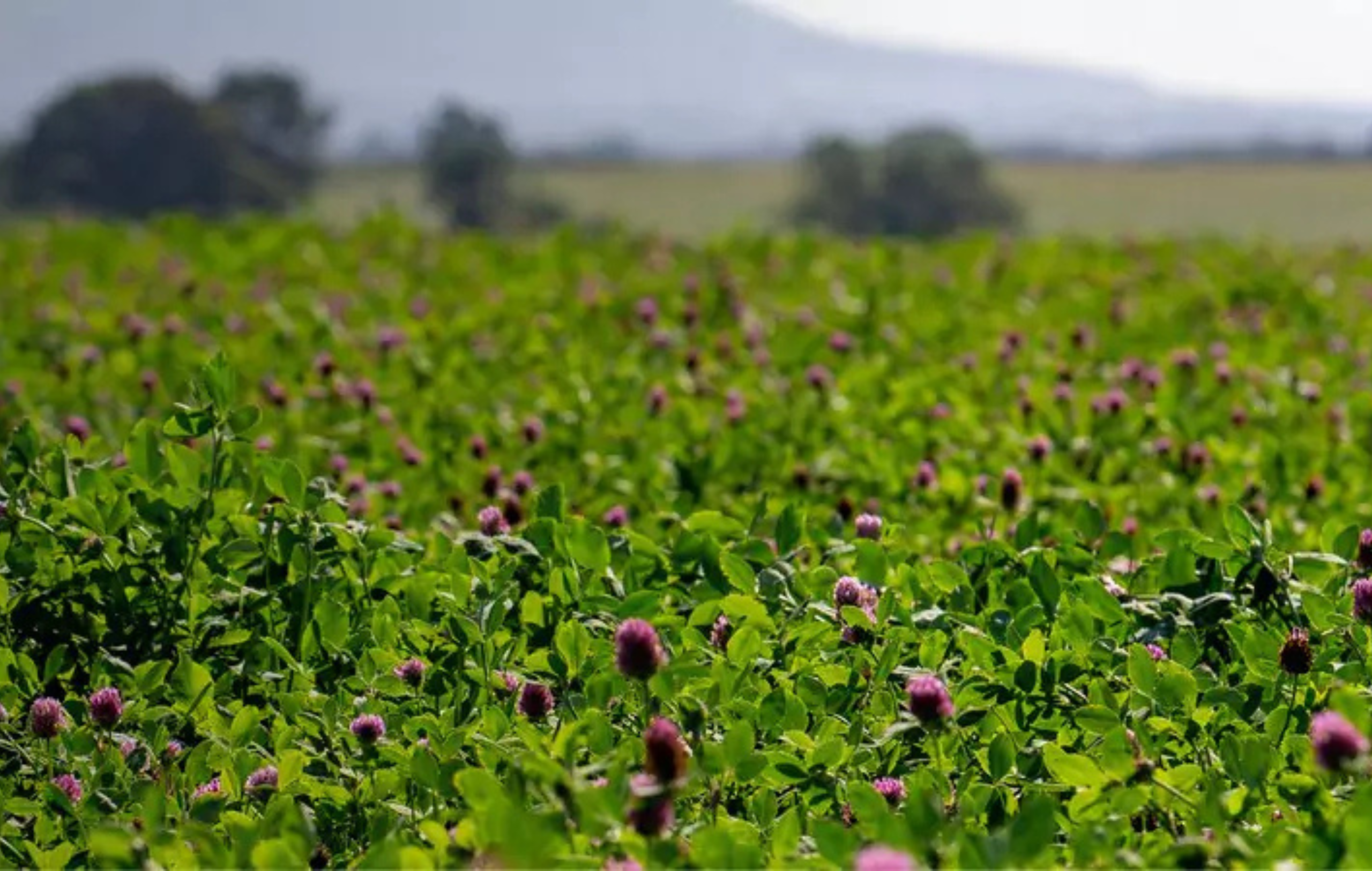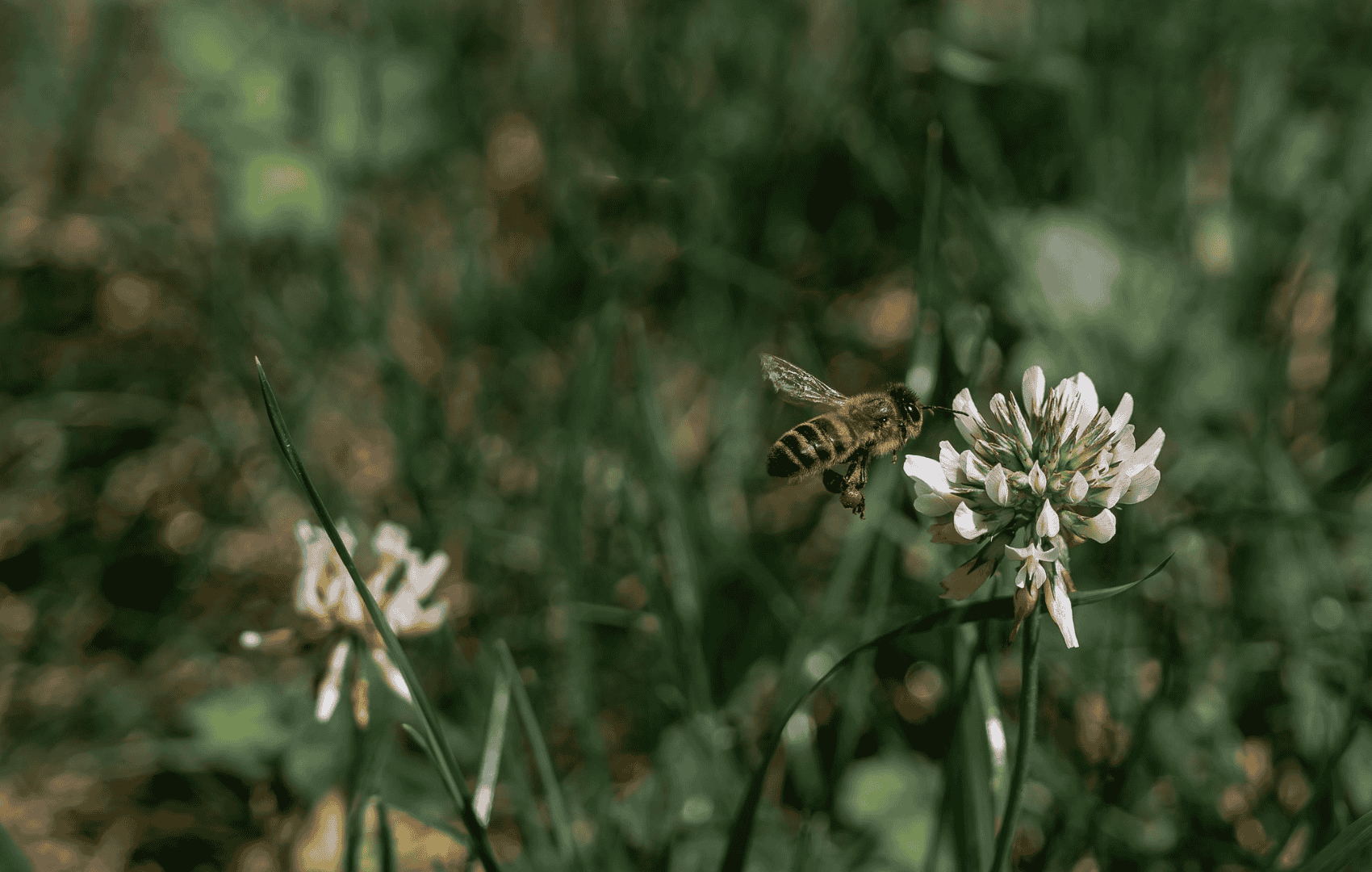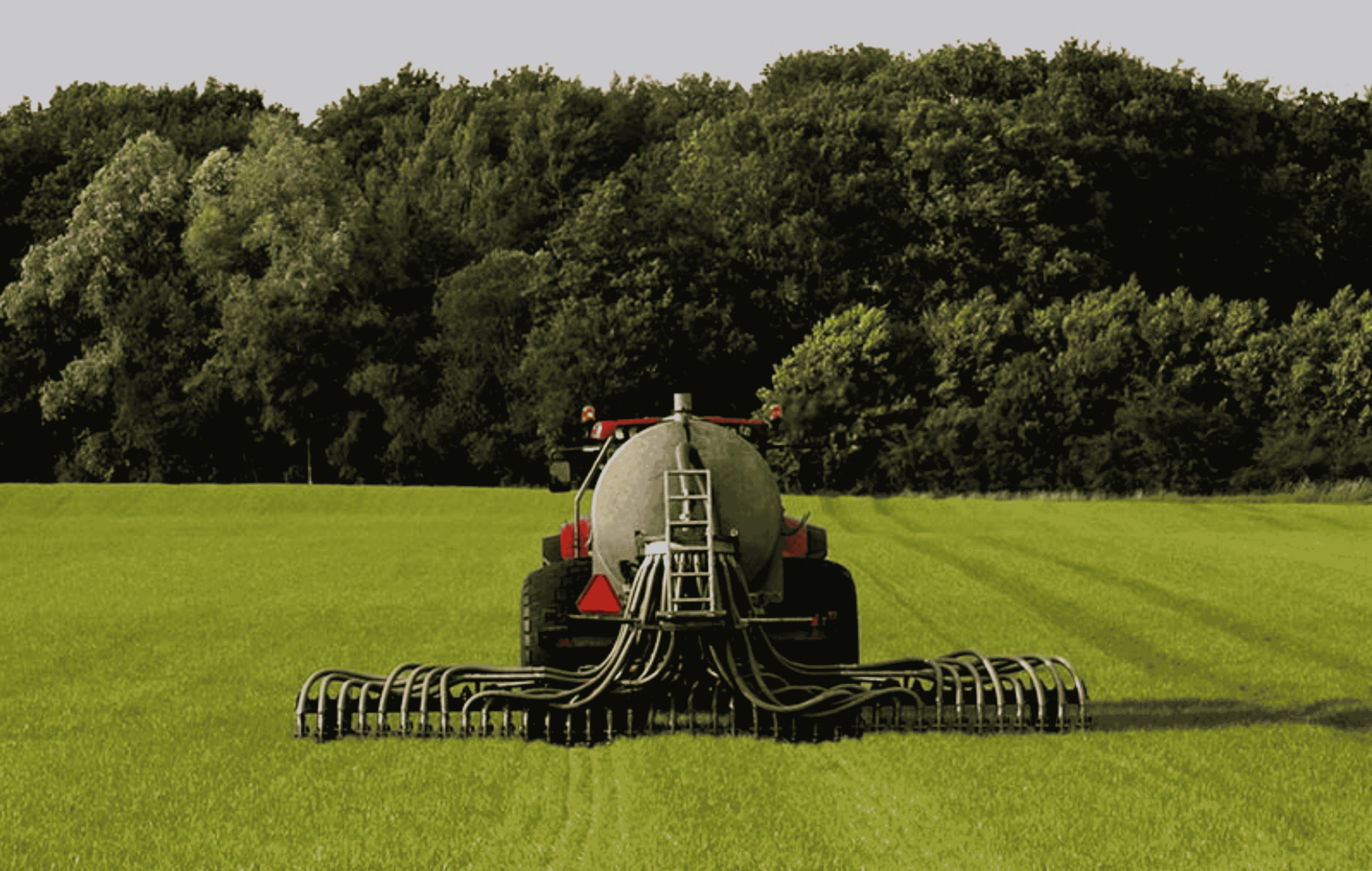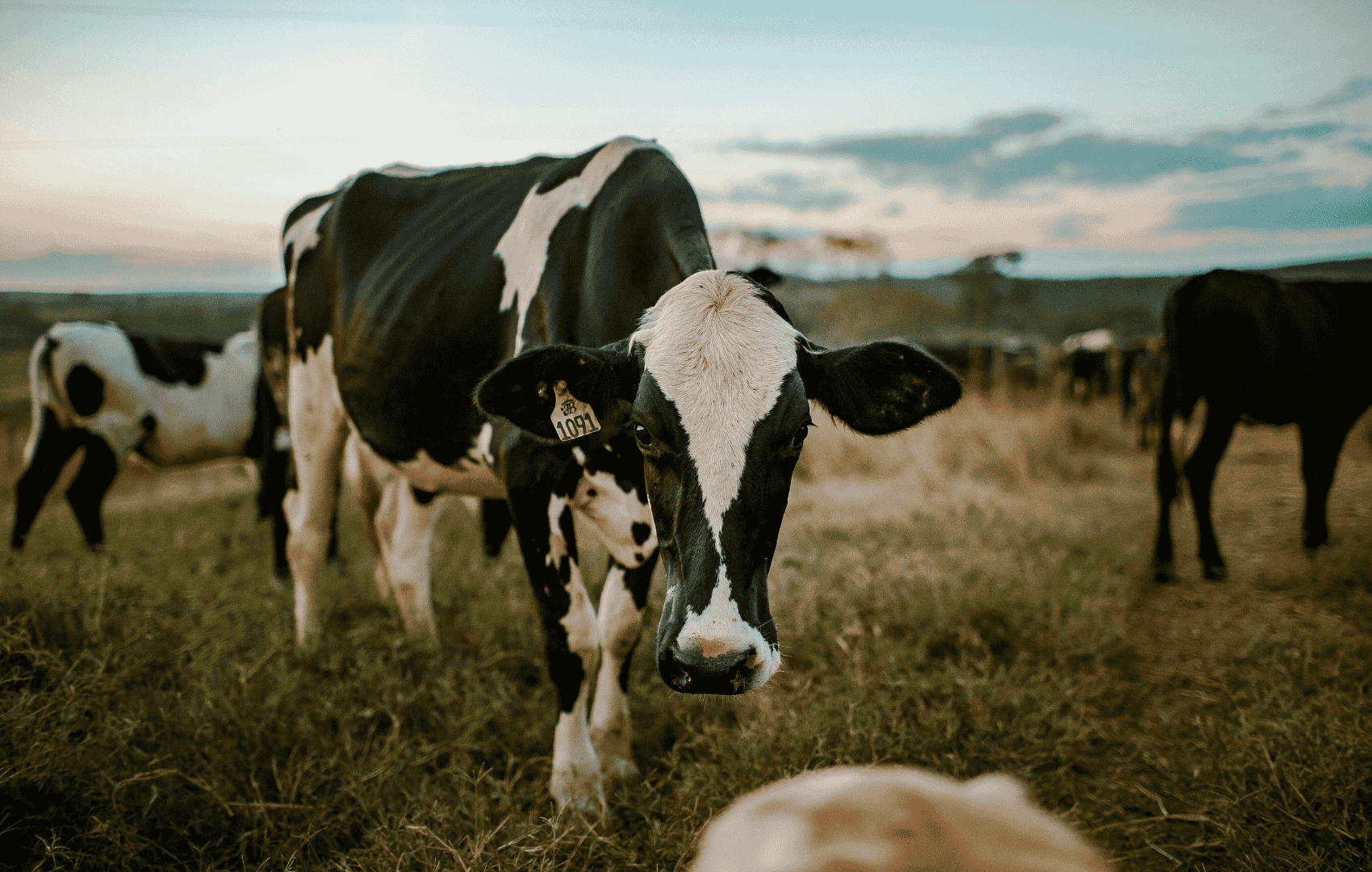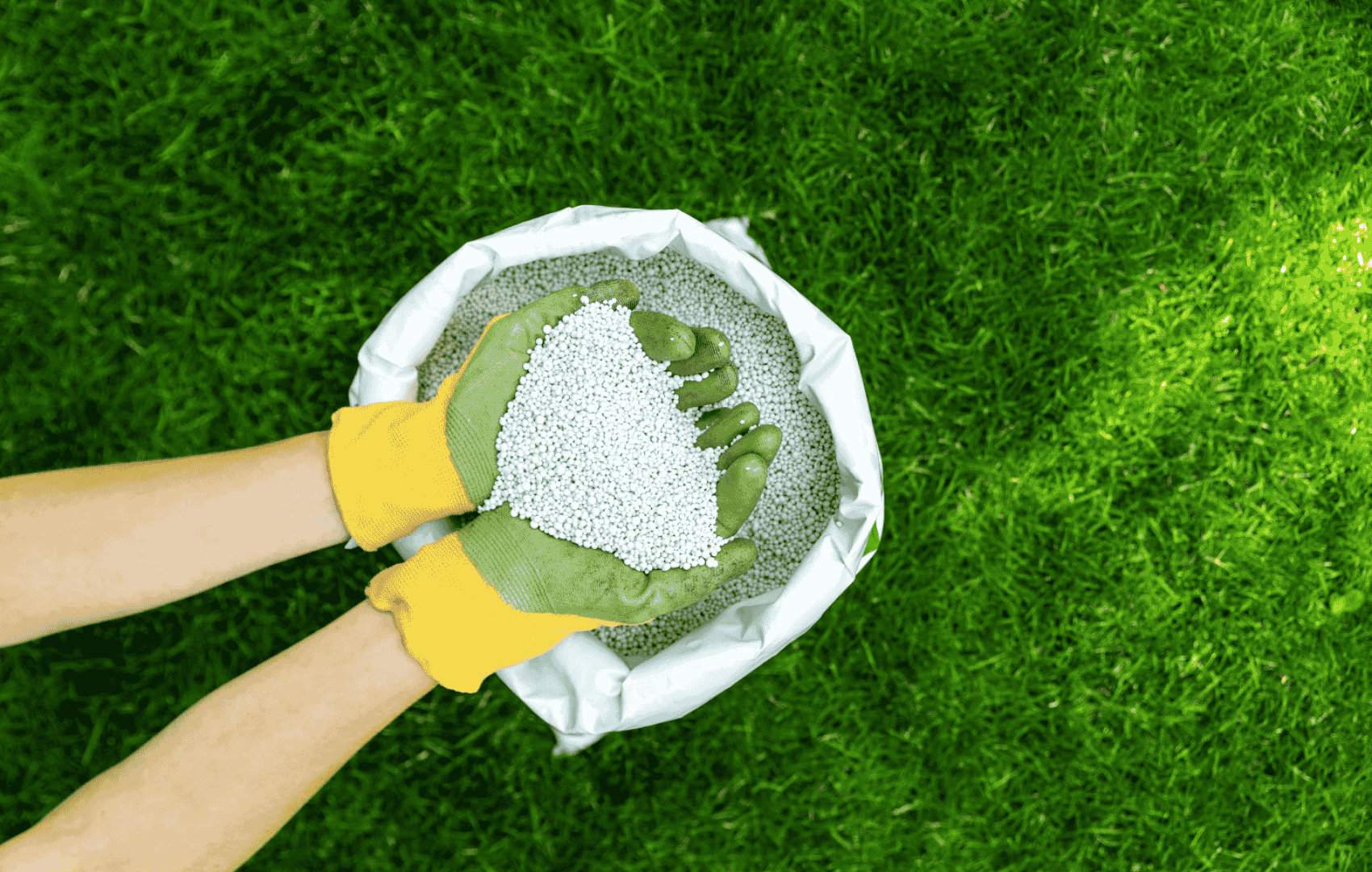Low-emission Slurry Spreading
The Climate Issue
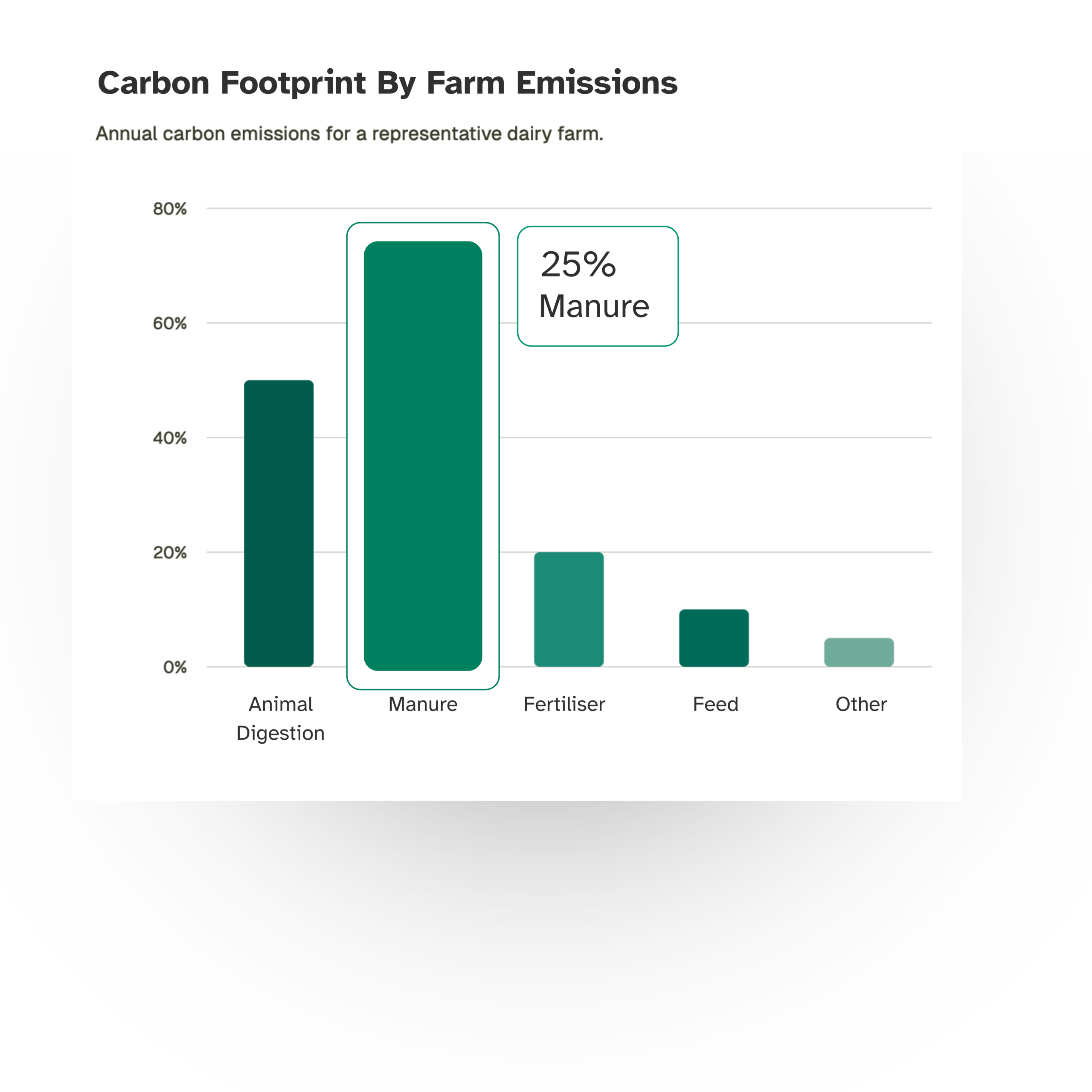
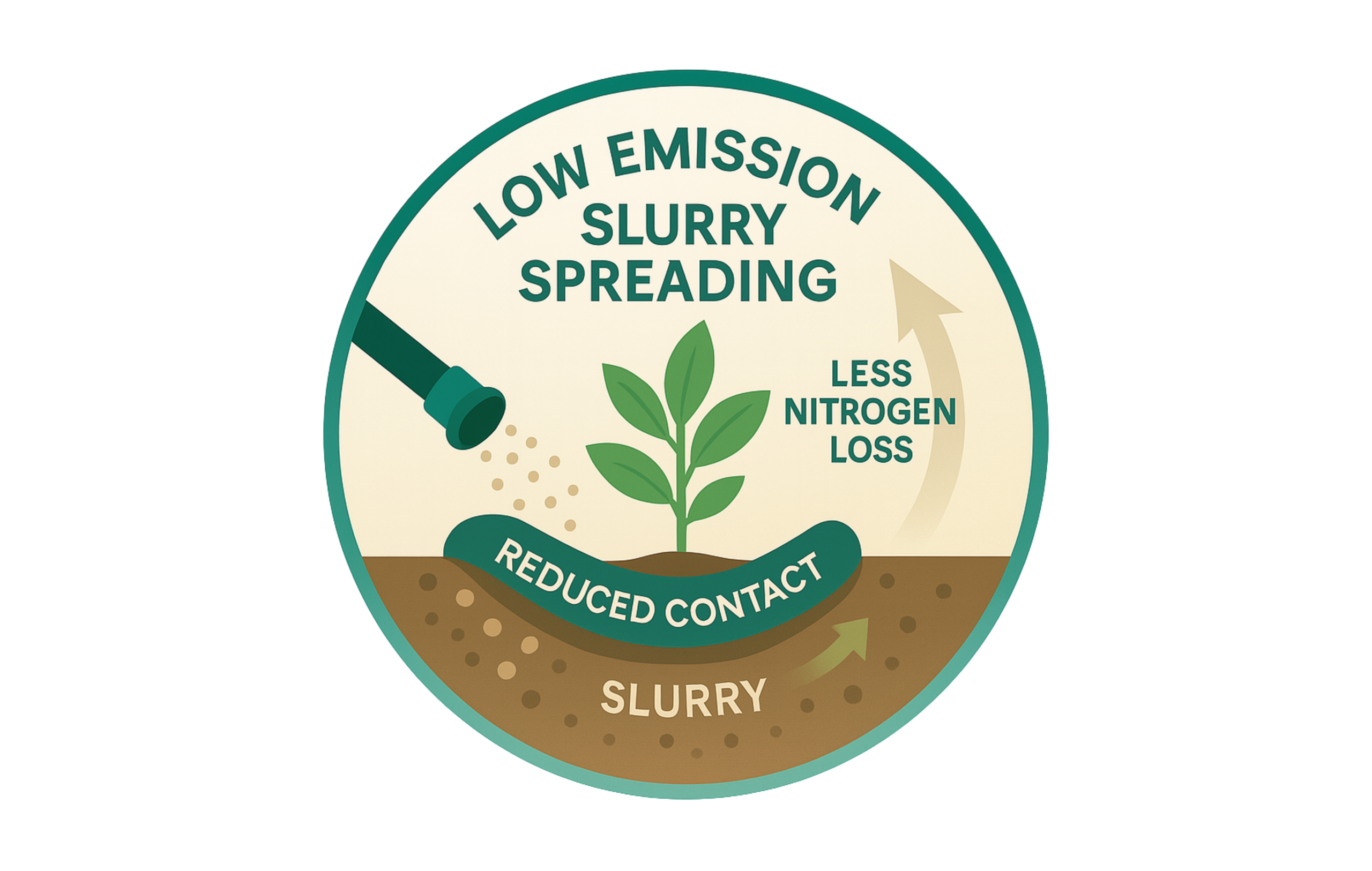
The Solution: Low Emission Spreading
Key Benefits when using LESS
Cut Emissions
LESS reduces ammonia loss by delivering slurry beneath the canopy, slashing volatilisation and lowering indirect nitrous oxide formation at field scale significantly.
Nutrient Efficiency
Saving nitrogen keeps more nutrient in your fields. LESS lets grass capture that fertiliser, boosting growth and yields while trimming chemical inputs across the overall season.
Reduce Smell
By placing slurry in narrow bands, LESS lowers smell and splashing, enabling compliant spreading even near homes or schools and sensitive watercourses.
Impact of Switching to LESS
Adopting Low Emission Slurry Spreading (LESS) offers clear environmental benefits, but it also comes with higher spreading costs. Hiring a contractor with LESS gear can add up to €29/hour compared to standard spreading. Farmers need to weigh the environmental gains against these extra costs.
Field studies show that switching to LESS (compared to conventional splash plate spreading) can:
- Improved nitrogen use efficiency by retaining more of the slurry’s nitrogen value in the soil
- Reduced reliance on synthetic fertiliser, saving up to €45/ha in fertiliser costs
- Reduce ammonia emissions by 60% compared to splash plates.
Below, we outline the impact of LESS compared to the splash plate, drawing on data from Irish grass-based dairy farms today.

|
Scenario
|
Total slurry applied(m3)
|
Available N ( kg /m3)
|
Total N saved (kg)
|
Fertiliser savings/farm (€)
|
|---|---|---|---|---|
|
Splash plate |
552 |
0.6 |
- |
– |
|
Trailing shoe (LESS) |
552 |
1 |
221 |
358 |
Considerations
Equipment requirements
LESS requires specialist dribble bars or trailing shoes, plus a tractor with 100+ hp. Buying adds upfront costs of €15,000–€30,000. Extra fuel and maintenance also apply. In wetter months, hoses or pumps may be needed to manage slurry flow efficiently.
Field conditions
Low-emission gear works best on firm, level fields. Steep slopes, waterlogged soils, or heavy ruts can limit effectiveness. Operators must time applications for cool, calm weather and comply with closed periods under nitrate rules across the EU.
Safety and grants
Spreading systems are heavier and need careful handling during transport. Many EU countries, including Ireland, offer grants covering up to 60 % of approved equipment costs. These reduce investment barriers and ensure that machinery meets safety standards.

Implementation
Behind the Research
ODOS Tech was founded by Cian White and Alejandro Vergara, two sustainability specialists with deep expertise in agricultural climate action.
Alejandro (left), a PhD in environmental engineering from University College Dublin, helps farmers measure their carbon footprint and implement mitigation strategies to reduce their impact. Cian (right), a researcher at Trinity College Dublin with a PhD in ecology, works on restoring nature to increase biodiversity on farms using satellite imagery to monitor habitats.
Together, they helped lead the carbon and nature-based work for the Farm Zero C project at Shinagh Farm, one of Europe’s first net-zero dairy pilots. In 2020, they launched ODOS, a platform that built smart, science-based tools to help agri-food businesses protect the environment and restore nature.
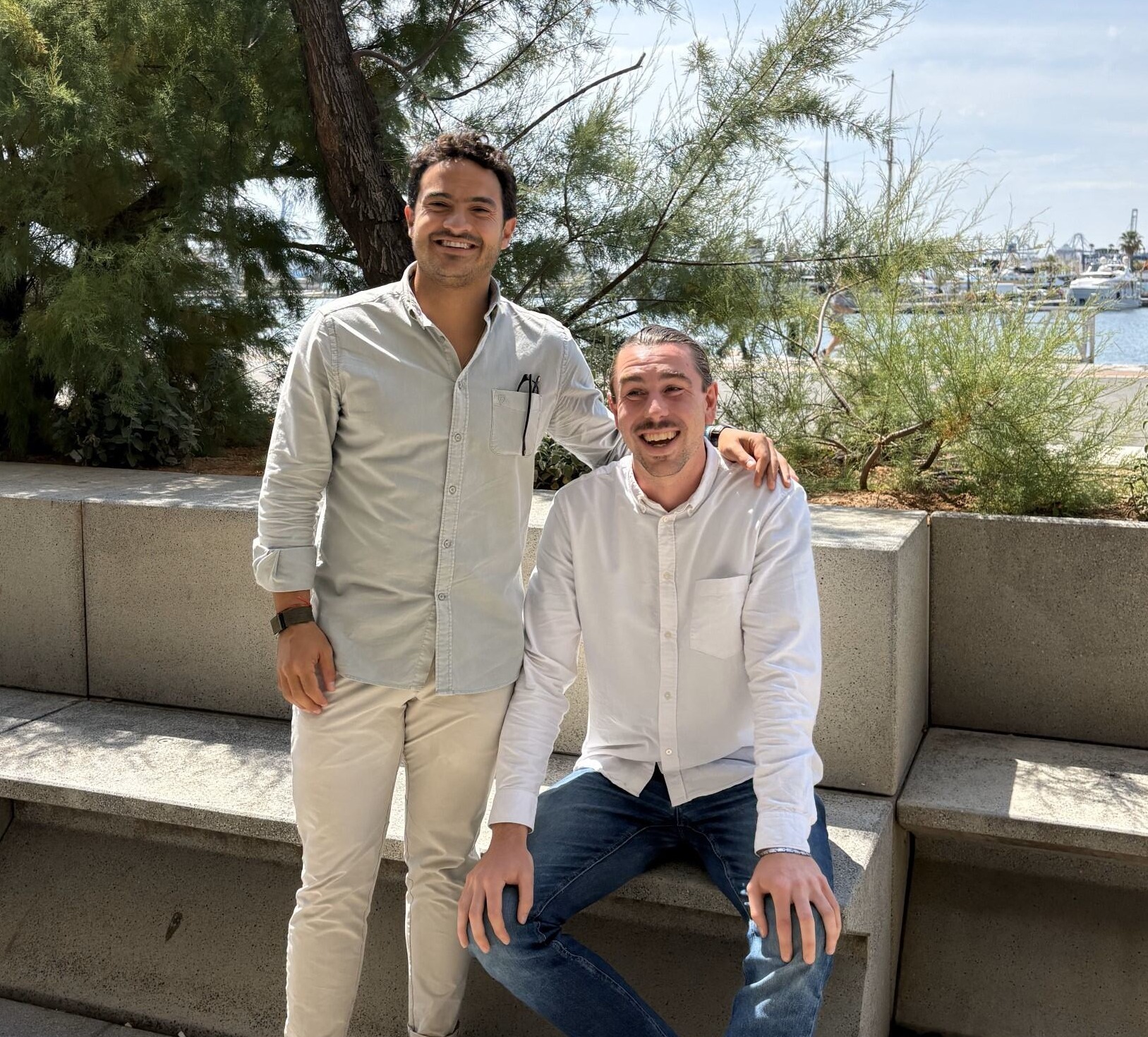
Research
Teagasc LESS Trials
Teagasc endorses LESS after multi-year trials showing trailing shoes and hoses match splash yields while halving ammonia losses and increasing nitrogen recovery across dairy, beef, and silage systems throughout Irish farms.
Nitrates Directive & DAFM Support
Ireland’s nitrates regulation and DAFM grant scheme champion LESS as practice, requiring or incentivising dribble bars on derogation holdings to cut ammonia, support water quality, and align with climate commitments.
IPCC Manure Guidance
The IPCC highlights low-emission manure application as a proven mitigation measure, citing band spreading and shallow injection for lowering ammonia volatilisation and nitrous oxide, offering a solution for livestock systems.
Discover other Strategies
Slurry Acidification
Slurry acidification reduces fertiliser demand and cuts emissions by up to 5% during storage and spreading.
Slurry Treatment
Treating slurry with hydrogen peroxide cuts emissions by up to 4% and reduce methane by up to 80% during storage.
Slurry Cover
Covering slurry stores cuts emissions by up to 5% and saves €3,600 over 50 hectares per year by reducing synthetic fertiliser use.
Extending Grazing Season
Extending the grazing season cuts emissions by up to 2.7% and boosts milk revenue by nearly €3,000 per farm.
Antimethanogenic Feed Additives
Antimethanogenic feed additives cut methane emissions by up to 28% and cost €6975 per 93 cows annually.
Grass Biorefinery
Grass biorefineries replace soy protein, save €3,000 in feed costs, and cut emissions by 8.9%.
Anaerobic Digestion
Sending slurry to anaerobic digestion can cut emissions by up to 9.4% and generate up to 400 MWh of energy per year.
Multispecies Swards
Switching to multispecies swards cuts emissions by up to 8.8% and saves €4,400 in fertiliser across 50 hectares.
Red Clover Silage
Using red clover silage cuts emissions by up to 8.2% and saves €2,000 in fertiliser across 20 hectares.
White Clover Silage
Incorporating white clover silage cuts emissions by up to 7.8% and saves €4,500 in fertiliser costs over 50 hectares.
Low Emission Slurry Spreading
Low-emission slurry spreading cuts ammonia by 60% and saves €45/h in fertiliser costs.
Genetic Selection
Genetic selection for high-EBI cows cuts emissions by up to 6.3% and boosts gains by €7,800 per 100 cows.
Protected Urea
Switching to protected urea cuts fertiliser costs and lowers emissions by up to 5.6% per kg of milk.
Ready to reduce emissions through Low Emission Slurry Spreading?
Talk to our Carbon Footprint & Biodiversity experts on how we can help.

